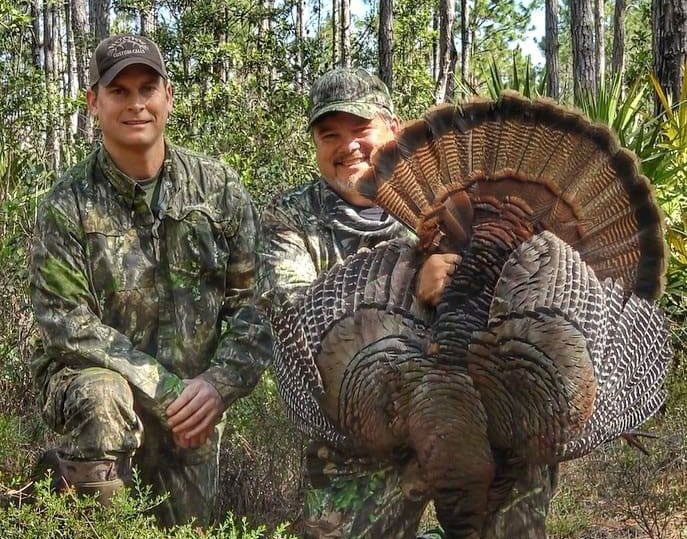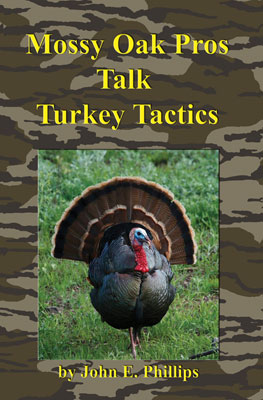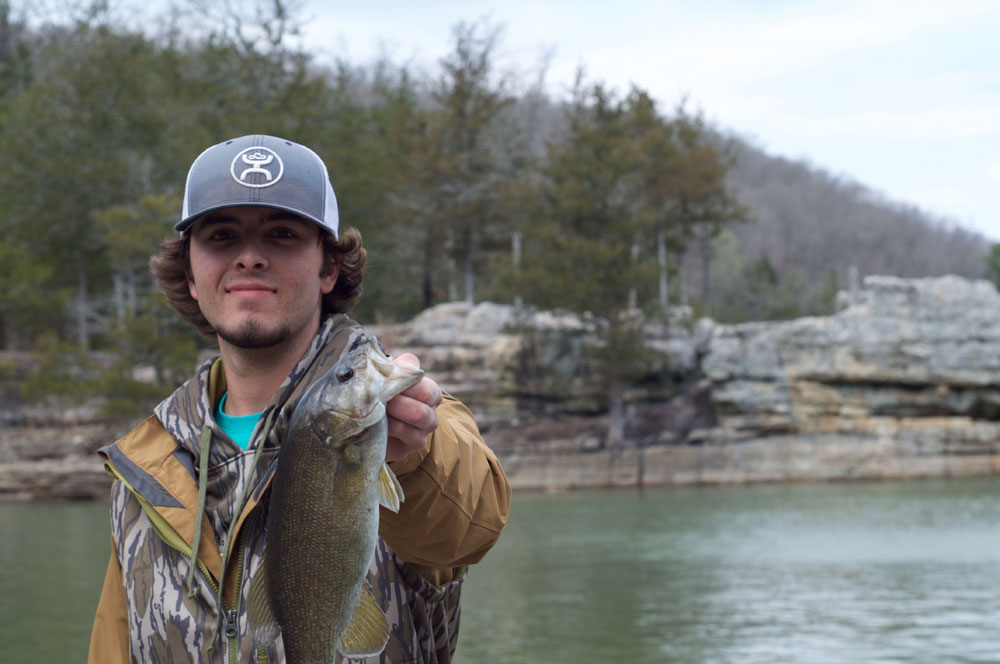Shane Simpson | Mossy Oak ProStaff

I usually study maps of public lands before I hunt there. For instance, I've learned that in Florida turkeys like to roost and stay in cypress heads. So, when I'm going to hunt public lands in Florida, I pinpoint those cypress heads on a map, and that’s where I go to listen for turkeys. Most of the time, I’ll hear turkeys gobbling there. Other times, I’ll look for water, roost trees, fields and other places where turkeys like to be. Then I go to those spots and listen for turkeys. Using these two techniques has paid off in gobblers quite often.
I also look at satellite images of public lands I want to hunt to more or less determine where turkeys ought to be. Doing map study has saved me a lot of time versus on the ground scouting. Maps I use include Google Earth, Huntstand and OnX maps. My favorite maps are Google Earth, because they seem to update their maps more often. You actually can see the dates and the times that the maps were updated.
I use the GPS in my cell phone to get to the places where I want to hunt with Huntstand and OnX. You can download maps into your phone in case you’ll be in a region where you can’t get cell service. I’ve discovered that the GPS on my cell phone still does what it’s supposed to do, even when I don’t have cell service where I'm hunting.
One of the toughest turkeys I ever hunted was a turkey that I took on public land in 2016. This turkey scored as the third largest turkey ever taken in Minnesota. I only had one morning that I could hunt, because I was taking my daughter turkey hunting the next morning. I went to a spot that I’d hunted in the past, since I knew that turkeys sometimes roosted in that area. Sure enough, this bird was roosted where I thought a turkey might be. But instead of pitching out of the tree and coming to me, he flew across a canyon. I was hunting in the bluff country that’s almost like the Appalachian Mountains, but on a smaller scale. The gobbler landed on a bluff on the mountain where he went. I was trying to decide whether to go to him or not. Then I heard another turkey in the distance gobbling for all he was worth. Before I moved, I decided to sit where I was and see what would happen.
As I looked and listened, the gobbler that had flown across the valley worked his way around the rim of the canyon and walked right back to the roost tree where I had heard him gobbling that morning. The terrain was steep where I was hunting. So, instead of calling where I had first called to the turkey, I decided to go around to the backside of the mountain and crawl up the bluff to where the big tom was gobbling. Because I had quit calling, that ole tom started gobbling a lot. When I finally got to the top of the mountain and close to where I thought the gobbler was, I just scratched in the leaves and made some soft clucks and purrs, and the gobbler really picked up his gobbling. I stayed where I was and occasionally scratched in the leaves and clucked and purred for about 15 minutes. Finally, the turkey quit gobbling and started walking toward me. I could peek over the top of the ridge and see where that big gobbler was. Finally, when he was 15 yards away, I fired.
This turkey had four beards. His longest beard was 12 inches. The second beard was 9 inches, the third was 7 inches, and the fourth beard was 6 inches. He had 1-1/4-inch spurs, and he weighed 21 pounds.

To learn more about turkey hunting, check out John E. Phillips’ Kindle eBook and print book, “Mossy Oak Pros Talk Turkey Tactics.” For a free copy of John E. Phillips’ “The Turkey Gobbler Getter Manual,” download here.






























